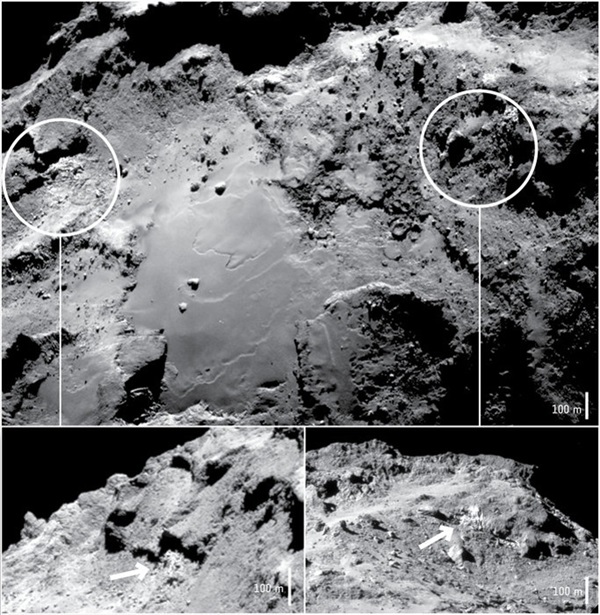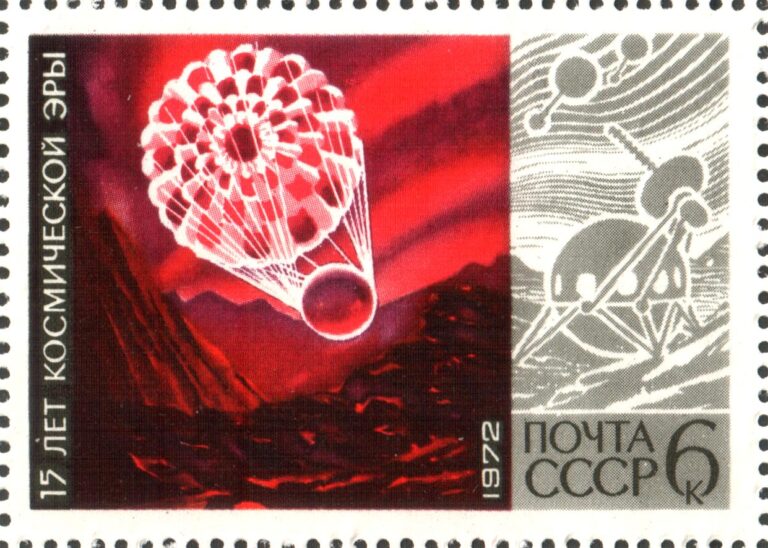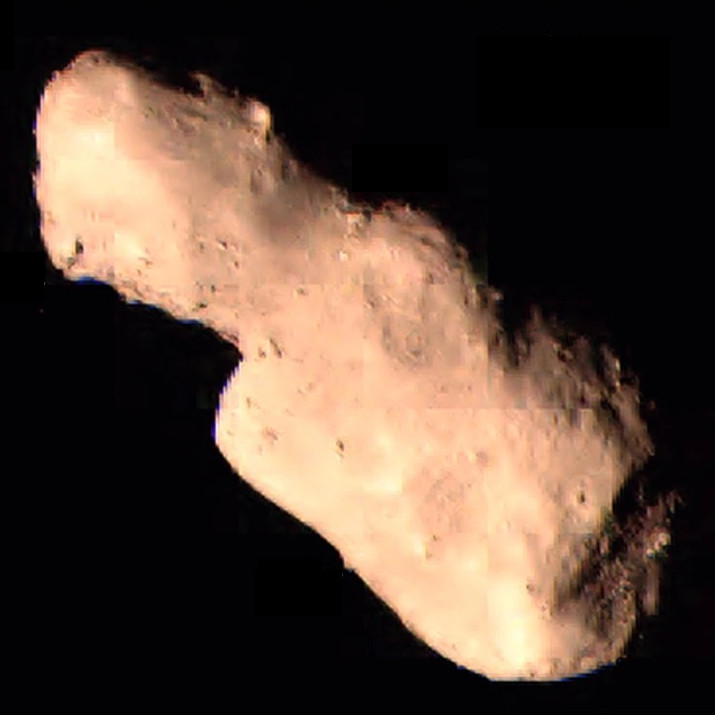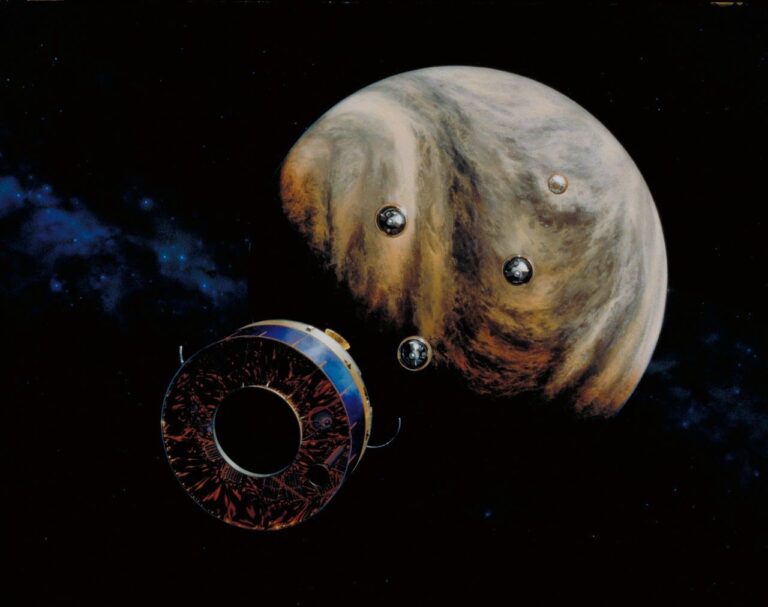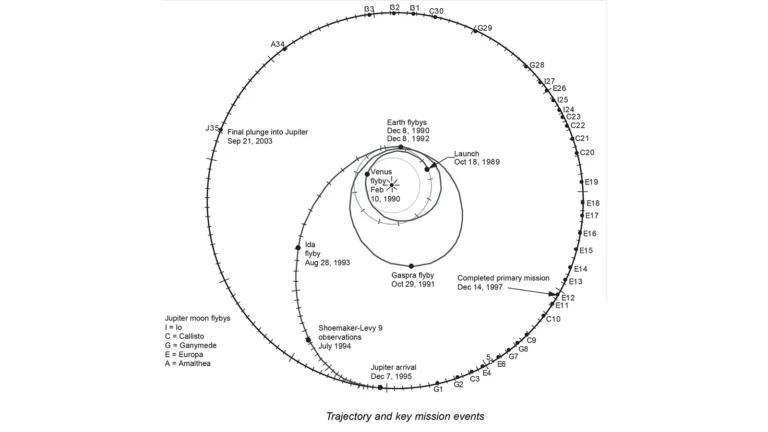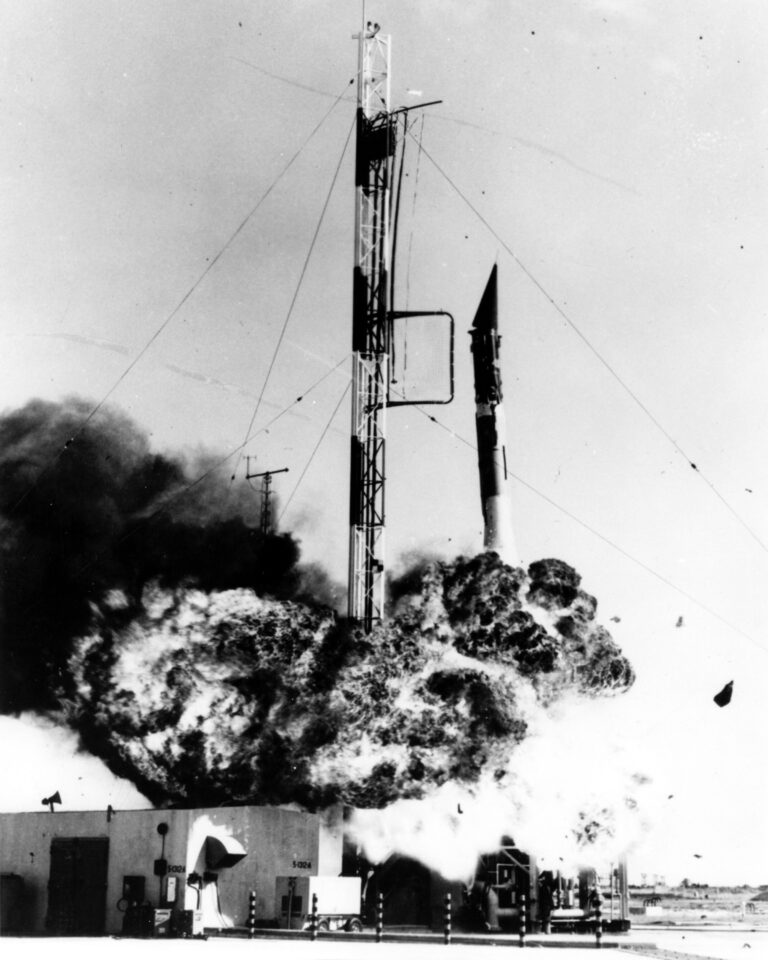Key Takeaways:
The main image was taken on September 17, 2014, from a distance of about 17.9 miles (28.8 kilometers) from the comet center. The two insets show oblique views of the two icy exposures. The left-hand image was taken on September 20, 2014, from a distance of 17.3 miles (27.9 km). The right-hand image was taken on September 15, 2014, from a distance of 18.6 miles (29.9 km).
The image contrasts have been enhanced to better reveal the icy regions. The approximate scale for each image is indicated.
Although water vapor is the main gas seen flowing from Comet 67P/Churyumov–Gerasimenko, the great majority of ice is believed to come from under the comet’s crust, and very few examples of exposed water ice have been found on the surface.
However, a detailed analysis by Rosetta’s VIRTIS infrared instrument reveals the composition of the comet’s topmost layer: It is primarily coated in a dark, dry, and organic-rich material but with a small amount of water ice mixed in.
In the latest study, which focuses on scans between September and November 2014, the team confirms that two areas several tens of meters across in the Imhotep region that appear as bright patches in visible light, do indeed include a significant amount of water ice.
The ice is associated with cliff walls and debris falls, and was at an average temperature of about –184° F (–120º C) at the time.
In those regions, pure water ice was found to occupy around 5 percent of each pixel sampling area, with the rest made up of the dark, dry material. The abundance of ice was calculated by comparing Rosetta’s VIRTIS infrared measurements to models that consider how ice grains of different sizes might be mixed together in one pixel.
The data reveal two different populations of grains: one is several tens of micrometers in diameter, while the other is larger, around 2 mm.
These sizes contrast with the small grains, just a few micrometers in diameter, found in the Hapi region on the “neck” of the comet, as observed by VIRTIS in a different study.
“The various populations of icy grains on the surface of the comet imply different formation mechanisms and different time scales for their formation,” said Gianrico Filacchione, lead author of the new study.
At Hapi, the small grains are associated with a thin layer of “frost” that forms as part of the daily ice cycle, a result of fast condensation in this region over each comet rotation of just over 12 hours.
“By contrast, we think that layers of the larger millimeter-sized grains we see in Imhotep have a more complex history. They likely formed slowly over time and are only occasionally exposed through erosion,” said Gianrico.
Assuming a typical grain size of tens of micrometers for ice grains on the surface, as inferred on other comets as well as Rosetta’s comet, then observations of millimeter-sized grains can be explained by the growth of secondary ice crystals.
One way this can occur is via “sintering,” whereby ice grains are compacted together. Another method is “sublimation,” in which heat from the Sun penetrates the surface, triggering the evaporation of buried ice. While some of the resulting water vapor may escape from the nucleus, a significant fraction of it re-condenses in layers beneath the surface.
This idea is supported by laboratory experiments that simulate the sublimation behavior of ice buried under dust, heated from above by sunlight.
These tests show that more than 80 percent of the released water vapor does not make it up through the dust mantle, but rather is re-deposited below the surface.
Additional energy for sublimation could also be provided by a transformation in structure of the ice at a molecular level. At the low temperatures observed on comets, amorphous ice can change into crystalline ice, releasing energy as it does so.
“Ice grain growth can lead to ice-rich subsurface layers several meters thick that can then affect the large-scale structure, porosity, and thermal properties of the nucleus,” said Fabrizio Capaccioni, VIRTIS principal investigator.
“The thin ice-rich layers that we see exposed close to the surface may be a consequence of cometary activity and evolution, implying that global layering did not necessarily occur early in the comet’s formation history.”
“Understanding which features on the comet are left over from its formation and which have been created during its evolution is somewhat challenging, but this is why we are studying a comet up close: to try to discover what processes are important at different stages of a comet’s lifetime,” said Matt Taylor from the European Space Agency.
The Rosetta scientists are now analyzing data captured later in the mission, as the comet moved closer to the Sun in mid-2015, to see how the amount of ice exposed on the surface evolved as the heating increased.

